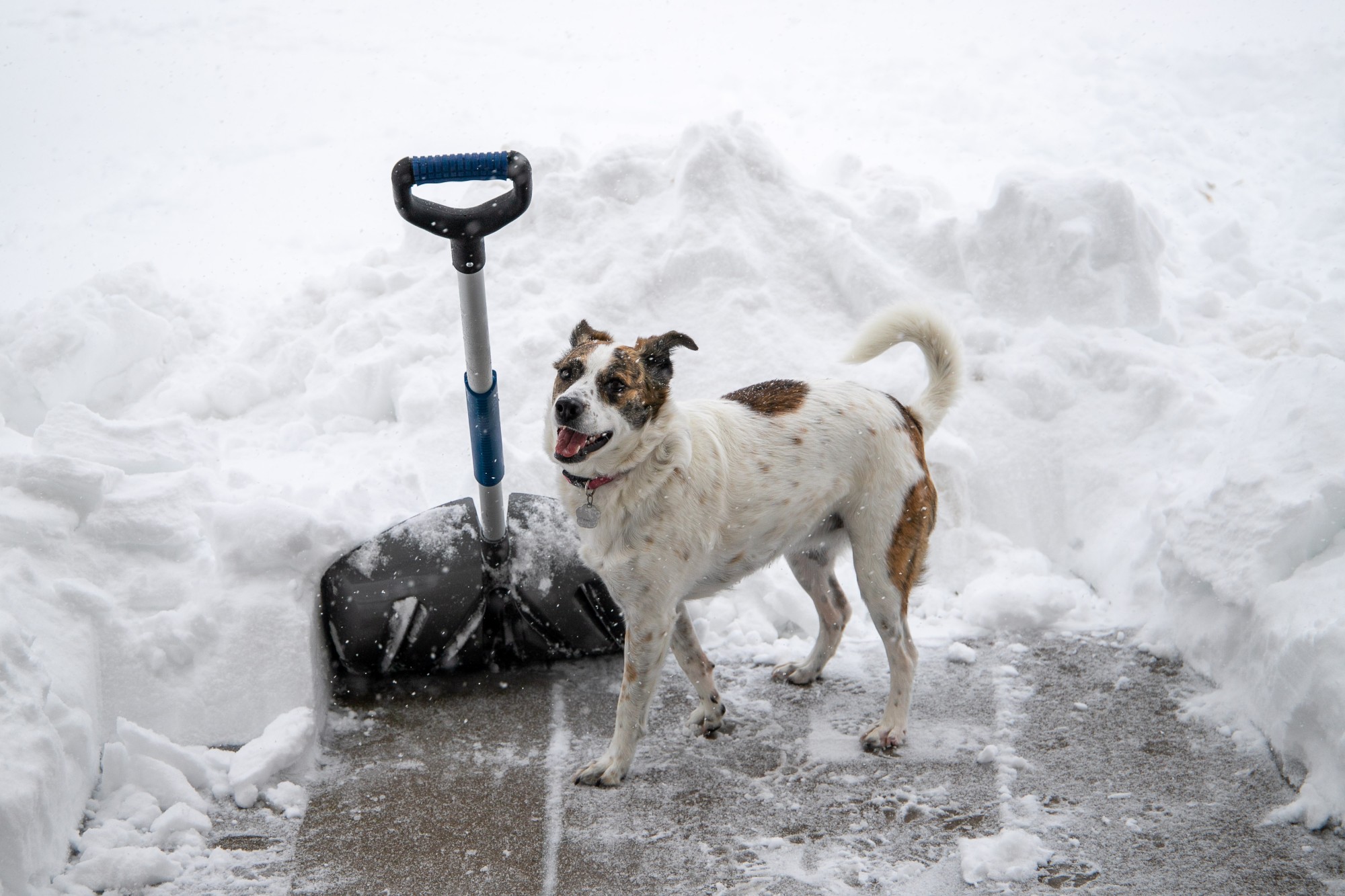While it may often seem much longer, the cold season in Washington DC lasts an average of 3.1 months. Anyone who has experienced a DC winter will know the chaos the cold weather can bring. So how do you keep your home or business running?
One way is with the correct products and tools. Read on as we discuss the types of ice melt you need to stock up on this winter.
What Is Ice Melt?
Ice melt is an application used to combat snow and icy weather conditions. It can also be applied before or after the formation of these. This allows a much safer environment to walk and drive across.
The concept is that the ice melt lowers the freezing point of water. Less ice forms and it can break the bond between ice and the ground, making it easier to remove. Although they all have the same principle, they can often work in different ways, serve different purposes, and have different outcomes.
How to Use Ice Melt
The best way to apply ice melt is to preempt the weather conditions. Apply a layer before the advent of snow or ice, then cover after the formation has occurred. If you are using strong products you may want to add an abrasive like sand, to reduce the amount of salt on surfaces.
To prevent lasting environmental damage, scoop away the ice melt, salt, and abrasives as soon as the ice melts. This prevents it from harming plants, soil, or pets.
Types of Ice Melt
There are several different types of ice melt you should consider. The type you choose will depend on if you are using them commercially or residentially and how severe your winter conditions are.
Sodium Chloride
Sodium chloride is a very affordable ice melt. It provides traction and helps keep surfaces dry, so is ideal for driveways. Like most melts, it lowers the freezing point of water.
Also known as common rock salt, it only has one downside. Sodium chloride can be corrosive, damages wood, plants, and even corrodes the underside of some vehicles. Removing it after use is essential.
One way to minimize its downside is to buy sodium chloride liquid brine. This is made of 3/4 parts water and 1/4 salt. It uses less salt, minimizes damage, and is cheaper to buy.
Magnesium Chloride
Magnesium chloride is a slow-acting ice melt and needs to be applied in larger amounts. It is easy to clean up.
The substance works using an exothermic reaction. During this process, it gives off heat, which is effective in colder climates. Though more pricey, it is less damaging to the environment and is considered by many to be more pet-friendly.
Calcium Chloride
For lower temperatures, calcium chloride is the most effective solution. It soaks in moisture to form a liquid solution. This lowers the water’s freezing point and causes heat, making the ice melt.
Calcium chloride is cheaper than sodium but more expensive than other ice melts. It is very good for use on concrete surfaces. The downside is that the heat causes burn damage, so it should be avoided if you have pets, or children or are worried about the environmental impact.
Sodium Acetate
Sodium acetate is fully biodegradable. It also contains no chlorides and as a result, is an environmentally friendly option. As it does not cause corrosion to metals, it is the choice of melt for airport runways.
This ice melt also lasts a lot longer, so you don’t need to reapply it as much. Unfortunately, it is the most expensive choice.
Potassium Chloride
Potassium chloride is seldom used for melting ice anymore. While it does work, it is not as effective as other products. You will find it is also more expensive and harmful to the environment.
Glycol Based Ice Melts
Ice melts can often contain two types of glycol. These are ethylene and propylene.
The former is a very effective ice melt. It can reduce the freezing point of water to almost minus 58 degrees Fahrenheit. However, it is poisonous to living organisms and is mainly kept for de-icing airplanes.
Propylene glycol is not harmful to plants, animals, or humans. It takes the form of liquid and is often mixed with something to give traction as a result. This has tended to replace ethylene as it is just as good, if not better, at reducing the freezing point of water.
Mixing with Sand
Many people choose to mix sand with their ice melt. Course sand provides a much rougher surface, giving grip to the surface. It also means in lighter circumstances you can use less icer, so you won’t suffer the damaging effects of some melts so much.
Pet and Child Safety
Ice melt products have the potential to be very harmful, when ingested or even if they are touched. Always ensure children and pets are kept well away from them both either when in use or in storage.
Residue and brine left behind can also cause problems. Make sure children’s hands are rinsed thoroughly, as are the paws of pets. You should even check the ingredients of products that claim to be safe for pets, as what works for one pet may not be suitable for another.
Getting Assistance
Now you know the types of ice melt, you can stock up on the one right for your property. When cold weather comes, you don’t need to do it all yourself. Consider getting some help to clear your drive and pathways.
One way you can prepare is with commercial snow removal. Bams Landscaping has a number of services to help you come winter or summer. Contact us here to discuss your needs.



